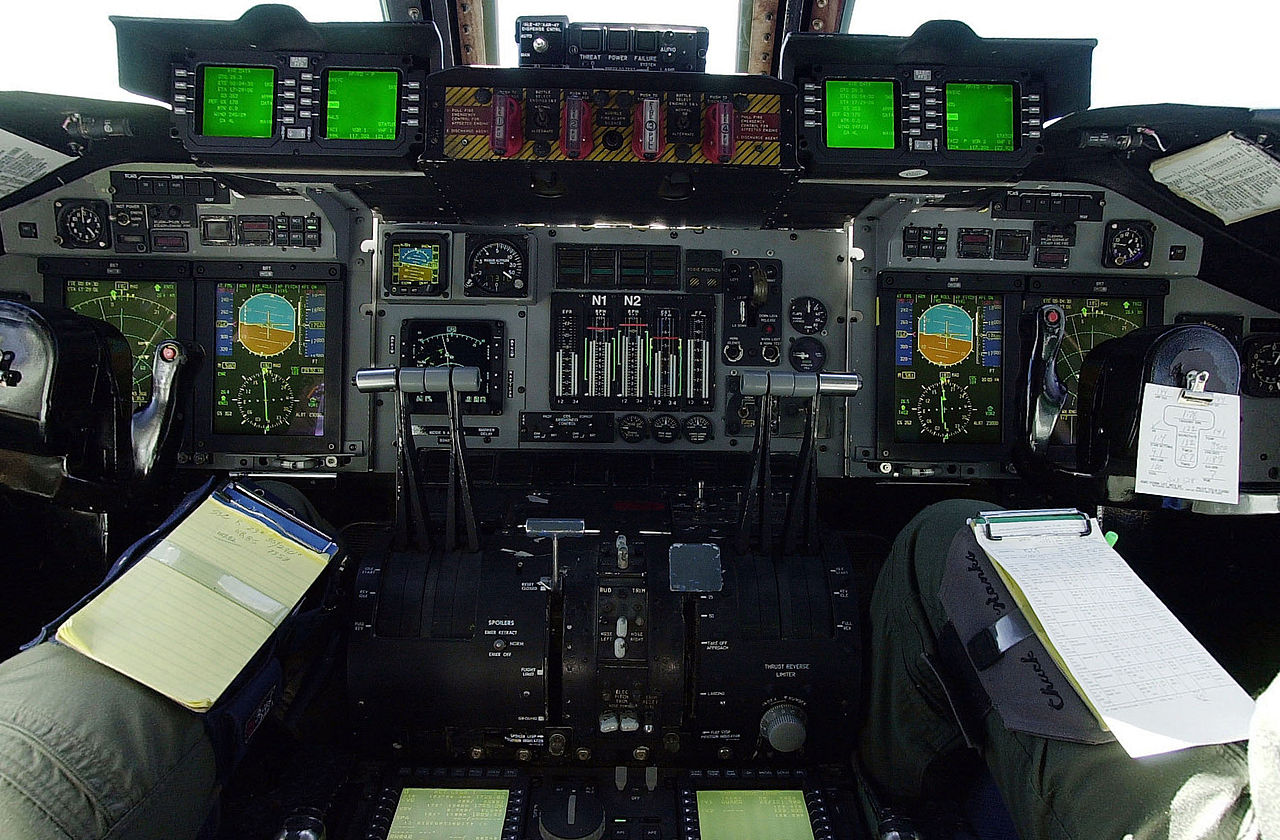Before takeoff, during flight, before landing and for taxiing, pilots are given several instructions by ATC.
Do they mentally remember all instructions? Or do they note them down somewhere such as in a notebook so that they do not forget?
Before takeoff, during flight, before landing and for taxiing, pilots are given several instructions by ATC.
Do they mentally remember all instructions? Or do they note them down somewhere such as in a notebook so that they do not forget?
It depends. Some instructions are really simple and with a little practice, are very easy to remember.
Runway 27 right, line-up and wait
Turn left heading 250, descend flight level 120.
Other ones will be so common, they are just remembered:
Taxi to Gate 1 via Alpha, Alpha 1, Lima 3, cross runway 24, hold short Delta.
But this is where the danger creeps in. It is possible, and has happened, that the crew think they heard something but actually, the instruction was different today.
Taxi to Gate 1 via Alpha, Alpha 3, cross runway 24, hold short Delta.
The prudent crew will write it down. Large aircraft have tables, or boards clipped to the control column on which to write taxi clearances, complex airways clearances and so on.
In some large aircraft, many light aircraft and in helicopters, pilots might wear a kneeboard to write instructions on. It is a minor advantage to me that I am left handed and as a helicopter pilot, this means that my kneeboard is on my left leg where I can easily write without taking my hand off the cyclic and having it right next to the collective.

Most instructions come in the same order, every flight. For example, here is a simplified list. This happens every time so the crew know what's coming next, what it will likely contain, and how to respond:
Note that any instruction which will cause the aircraft to change it's configuration or location must be repeated. The controller then also gets to check they've got it right. This includes things like speed, direction or altitude changes, taxi and departure instructions, frequency and squawk changes etc.
There are also some words which are only ever used at certain times, e.g. "takeoff" is only ever said when an aircraft is cleared to take off. For example, "ready for departure" tells the controller that the aircraft is prepared to take off immediately. The crew should not say "ready for takeoff".
You can sometimes hear a pilot receiving a long instruction, start to read it back, pause, then ask for a repeat. Very frustrating when you are sitting there waiting to get your request in. You just know they thought they could remember it, but didn't. Write it down if it's anything except a simple instruction or clearance.
Here's an example of a complex one.
SuperAir 123, cleared to Barcelona via vector departure, fly runway track, climb altitude 5000ft, after passing 2000ft turn right direct Hamm VOR, route as filed, squawk 1234, information Alpha current, startup approved
The crew might write it down like this. Each pilot develops their own preferred shorthand:
VD RWY TRK 5000 / 2000+ RT HMM / SQ1234 ALPHA / SU
Very brief since they know what each part is and the order they come in.
Since it contains instructions, the crew will then read it back.
Cleared Barcelona via vector departure, runway track 5000ft, after passing 2000ft right direct Hamm, squawk 1234, Alpha on-board, startup approved. SuperAir 123.
Finally, a good reason to write stuff down is because sometimes (and we've all been there), you think you remember, then turn round to your co-pilot 2 minutes later and ask "what was that altitude?".
Here's a great example of someone who didn't have a pen and an approach to writing down clearances.
The lengthiest instruction is a clearance. A common mnemonic for that is CRAFT for clearance limit, route of flight, initial altitude, departure frequency, and transponder code. If I'm not getting a clearance via ACARS I'd jot CRAFT (vertically) down on a the dispatch paperwork (or a kneeboard if I'm flying recreationaly) and write the relevant parts of the clearance next to the letters.
For many other instructions if not very short I'll use the FMS as a scratchpad for shorthand notation. For example for an instruction like "Taxi runway 27 via W, M, S, K hold short B" I'd write 27 WMSK/B. Similarly for an instruction like "Cross SWEET at 7000" I'd write SWEET/7 or /7000 (the latter of which I could then put in the FMS for VNAV guidance).